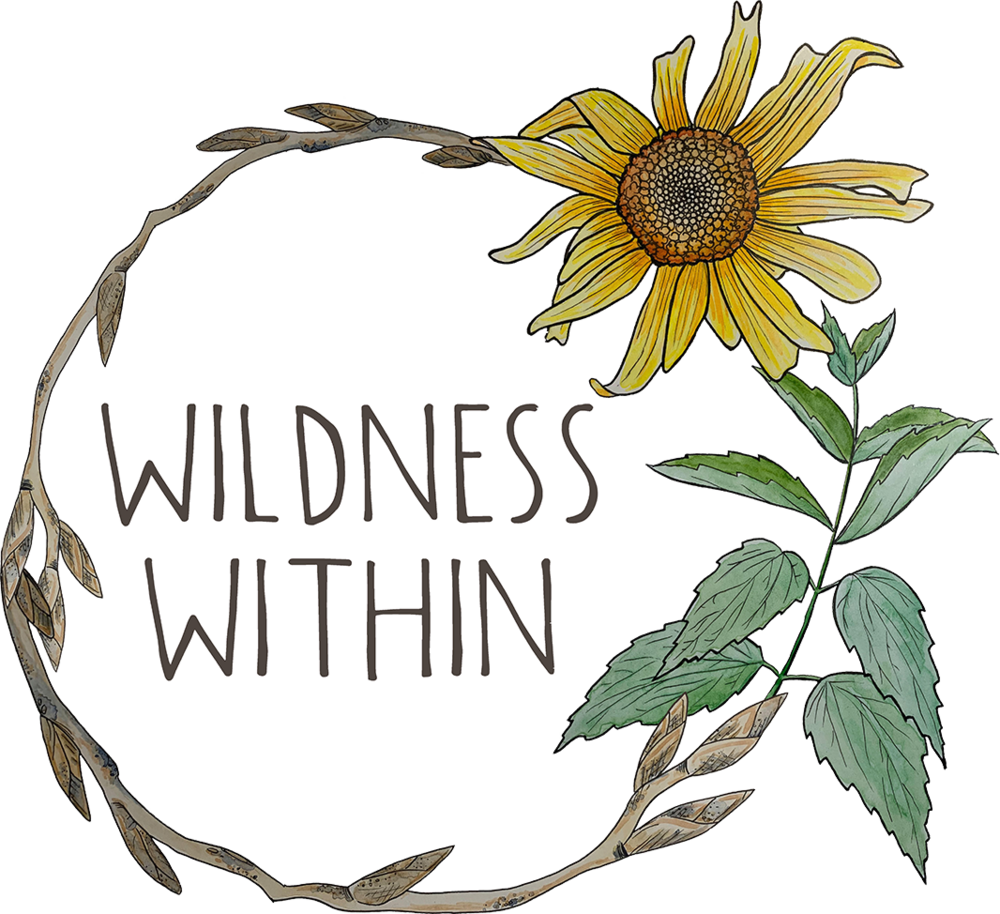Meow, Meow, MEEEOWW!
Common Names: Catmint, Catnep, Catwort, Field Balm
Botanical Name: Nepeta cataria
Plant Family: Lamiaceae, Mint Family
Parts Used: Leaves, Stems and Flowers
Actions: Diaphoretic, sedative, nervine, carminative, digestive (systems affected: Lungs, liver and nerves)
Collection: I like to harvest the entire top of the plant (about 6 inches up from the base) when they are beginning to bloom. This is normally mid-late summer.
Catnip Medicine:
Ok, so catnip makes you think of a cat in its kitty bliss, yet this herb is great for both you and your cat! Cats will lick, chew or roll around in the volatile oil, nepetalactone, found in the leaves, stems and seeds of catnip. The volatile oil exudes feline sex pheromones. This in turn can make your cat playful or mellow your cat out. Similarly, this can happen to people as well. I’ve met a handful of folks that say catnip has the “reverse” effects on them. I was curious of what they meant by “reverse” and they said, “it doesn’t calm me down, yet it perks me up.” So, this is one of those nervine herbs that might not relax your nervous state, and for that reason, I tell folks to try it during the day to see if it’ll help calm you down…
Nerves & Anxiety
Catnip is known to be both a nervine and sedative. It can help sooth nerves and reduce over-excitement. It works great as a sleeping sedative for young children. Catnip has also been used to help calm a child (or adult) with ADHD when they are becoming irritated. To help reduce irritation catnip is best combined with St. John’s Wort, Passionflower or Skullcap. To help reduce overexcitement, make a tea with catnip, chamomile and lemon balm.
Fever & Colds
Catnip is a cooling, diaphoretic herb. It helps cool the internal body temperature while heating the external body temperature to induce sweating. Hence, catnip (along with our friend elderflower) is a good herb for treating fevers.
Specifically, catnip helps soothe coughing spasms. It is antispasmodic and antitissuive, meaning it helps prevent or relieves coughs.
Upset Stomach & Diarrhea
Energetically catnip is cooling, drying with a pungent, bitter taste. The bitterness of catnip helps with digestion and works with the liver. A tea with catnip can help sooth the digestive system. It is especially great for easing colic and gas in babies. The cool, drying, “astringent” aspects of this plant help slow and stop diarrhea.
Bug Off
The same volatile oil, nepetalactone, that attracts cats to Catnip, repels mosquitoes and other bugs. A study showed that nepetalactone is about 10 times more effective than DEET!
Catnip Concoctions:
Calming Tea
1 part of all of the following herbs:
Linden
Hawthorn
Chamomile
Catnip
Lemon Balm
1/8 part Stevia
Diarrhea Tea:
3 cups water
1 tsp catnip leaves
½ tsp raspberry leaves
½ tsp peppermint leaves
½ tsp cinnamon bark powder
Combine ingredients and water in a saucepan. Bring mixture to a simmer, then remove it from heat. Steep for 15-20 minutes, then strain out herbs.
For a 50 pound child, give 1 cup every half-hour until the symptoms go away.








